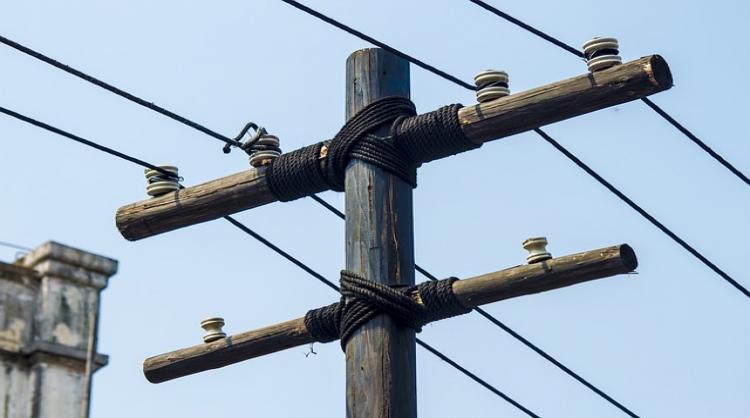FCC Seeks Industry Help Allocating Pole Attachment and Replacement Costs
March 4, 2022 | by Andrew Regitsky

The FCC continues to operate with four commissioners with a fifth not yet in sight. Therefore, it continues to be limited to pursuing non-controversial issues in which it can easily achieve consensus. In that vein comes the soon to be released Second Further Notice of Proposed Rulemaking (Second Further Notice) in Docket 17-84 in which the Commission will seek comments concerning the allocation of pole replacement costs and the resolution of pole attachment disputes generally and will determine whether it must take additional action. The Second Further Notice is expected to be adopted at the agency’s March 18, 2022, meeting.
Pole attachments fall under the FCC’s jurisdiction. Section 224(b) of the Communications Act of 1934, as amended, grants the FCC the authority to regulate the rates, terms, and conditions of pole attachments. In January 2021, the Commission’s Wireline Competition Bureau (Bureau) issued the Pole Replacement Declaratory Ruling, clarifying that it is unreasonable and inconsistent with section 224 for utilities to impose the entire cost of a pole replacement on a requesting attacher when the attacher is not the sole cause of a pole replacement.
The Second Further Notice seeks comments on the universe of situations where the requesting attacher should not be required to pay for the full cost of a pole replacement and the proper allocation of costs among utilities and attachers in those situations, including:
Situations in which a pole replacement is not “necessitated solely” by a new attachment request, whether and to what extent utilities directly benefit from various types of pole replacements, and if the Commission should establish standards for when utilities should be required to pay a proportional share of pole replacement costs.
The costs and benefits of early pole retirements, specifically (1) whether requiring utilities to pay a portion of the costs of a pole replacement would better align the economic incentives between communications attachers and utilities, and (2) whether such a requirement would positively or negatively affect negotiations of pole attachment agreements and broadband deployment.
Measures the Commission could adopt to avoid and expedite the resolution of pole replacement disputes; and
The scope of refunds ordered by the Commission when it determines that a pole attachment rate, term, or condition is unjust and unreasonable.
Regarding these issues, the Commission specifically asks:
How to identify and quantify the costs of a pole replacement that are proportional to the direct benefit obtained by a utility from a pole replacement that is not necessitated solely by a new attachment request?
How should it distinguish the incremental costs attributable to the new attacher from the costs that should be attributable to utilities when a pole replacement is necessary to make space for the new attachment and for a reason that directly benefits the utility? In the context of a pole that also needs to be replaced to correct a preexisting violation or because it has been red tagged, should the new attacher be responsible for the difference in cost between a taller or stronger pole needed to accommodate its attachment and what it would cost to replace the existing pole with one of the same type and size or strength?
Is there a different way to apportion the cost of the new pole between its owner and the new attacher? How should other costs associated with pole replacements, such as the cost of transferring existing attachments to the new pole, be apportioned between the utility and new attacher?
Should the Commission revise its cost allocation rules to modify or replace the direct benefit versus incidental benefit standard set forth in section 1.1408(b)? Is there a more equitable and efficient standard for determining when parties should share in the costs of modifying a facility?
Should the Commission revise its pole attachment rules to expressly recognize that utilities directly benefit from pole replacements that are precipitated by a new attachment request and establish clear standards for when and how utilities should be required to pay a proportional share of the total pole replacement costs?
Do utilities directly benefit when they use pole replacements precipitated by an attachment request to upgrade or enhance their poles and should they pay a proportional share of the total pole replacement costs.
Finally, the Commission seeks additional information and documents that will better substantiate the economic, legal, and practical implications of potentially revising its rules governing cost sharing. It is particularly interested in additional information and analyses that expand the economic arguments made by utilities and attachers, including those addressing their respective economic incentives and how its rules do or do not effectively align them.
Industry comments will be due 30 days after the Second Further Notice appears in the Federal Register, probably in the May-June time period.

